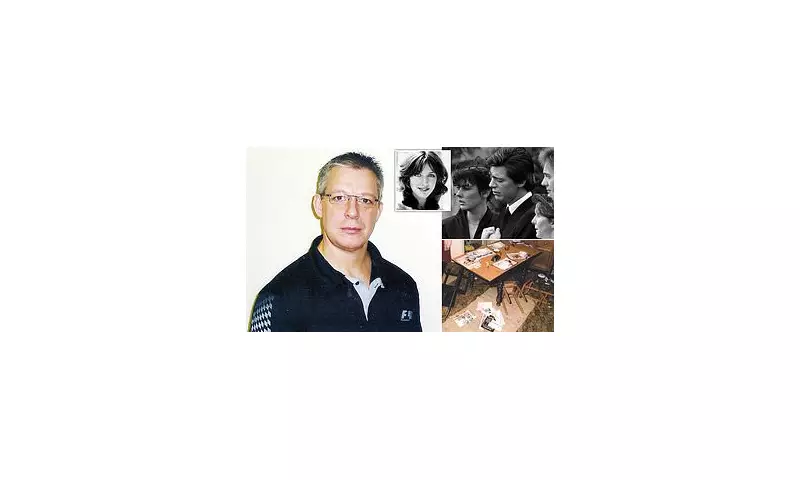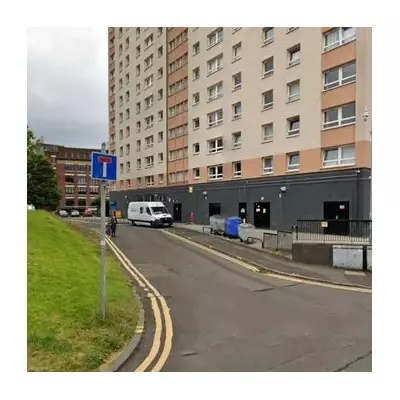
From the confines of his prison cell, one of Britain's most infamous convicted murderers is waging a relentless war against the justice system that put him there. Jeremy Bamber, serving a whole-life order for the brutal 1985 killings of his adoptive parents, sister, and her six-year-old twins, continues to proclaim his innocence with fervent new claims.
In an explosive development, Bamber and his legal team are preparing to present what they describe as 'critical new evidence' to the Criminal Cases Review Commission (CCRC). This evidence, they insist, proves he was the victim of a sophisticated frame-up, challenging the very core of the prosecution's case that has kept him behind bars for nearly four decades.
The Night of the Tragedy
The horrific events unfolded at White House Farm in Tolleshunt D'Arcy, Essex, in August 1985. The victims were found shot dead: Bamber's adoptive parents, Nevill and June, both 61, his sister Sheila Caffell, 28, and her young sons, Nicholas and Daniel. The initial investigation pointed towards a murder-suicide, with Sheila, a model struggling with schizophrenia, deemed the perpetrator.
However, the case took a dramatic turn. Evidence, including a disputed phone call from Nevill Bamber to Jeremy, allegedly reporting that Sheila had "gone berserk" with a rifle, shifted suspicion. Jeremy Bamber was subsequently arrested, charged, and in 1986, convicted on all five counts of murder.
The Pillars of Bamber's Defence
Bamber's campaign hinges on several key arguments that his supporters claim were overlooked or suppressed:
- The Silencer Evidence: The defence contests the authenticity of the rifle silencer, which was pivotal in placing Bamber at the scene. They allege it was planted and that forensic evidence linking it to Sheila was ignored.
- Crime Scene Contamination: Claims that the crime scene was not properly secured, leading to compromised evidence and a flawed initial investigation.
- Sheila's Capability: Questions about whether Sheila Caffell, physically and mentally, could have committed the acts, including firing the final, fatal shot to her own neck with a long rifle.
Despite numerous appeals, including a rejected High Court bid in 2012, the Court of Appeal has consistently upheld the conviction. The CCRC has previously referred the case back for appeal twice, but both attempts failed.
A Family Divided
The case has irrevocably torn the family apart. While Bamber fights for freedom, relatives of the victims, including his cousin Ann Eaton who initially raised suspicions about him, remain steadfast in their belief in his guilt. They have endured decades of painful media scrutiny and legal battles, convinced that justice was served in 1986.
As the CCRC reviews the latest submission, the nation watches, captivated by a true-crime saga that refuses to end. Whether this marks the beginning of a historic miscarriage of justice being corrected or another chapter in a guilty man's manipulation of the system remains the ultimate, haunting question.





